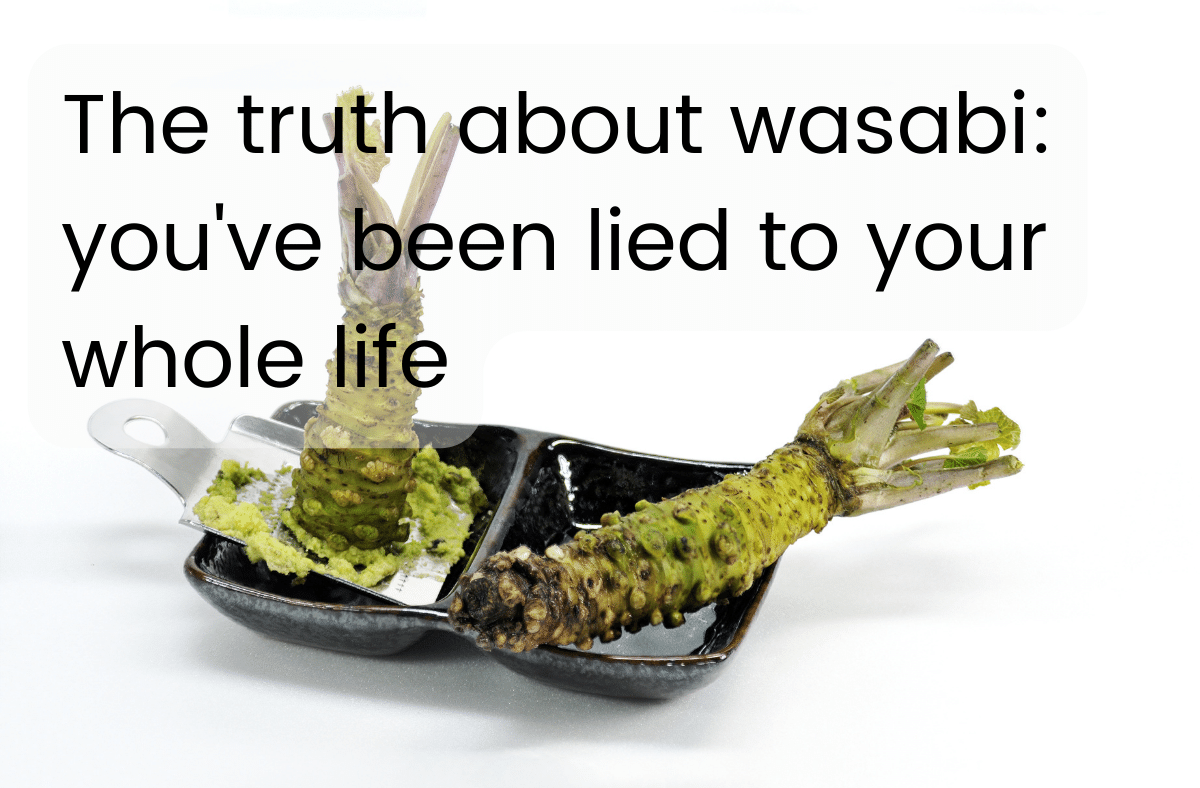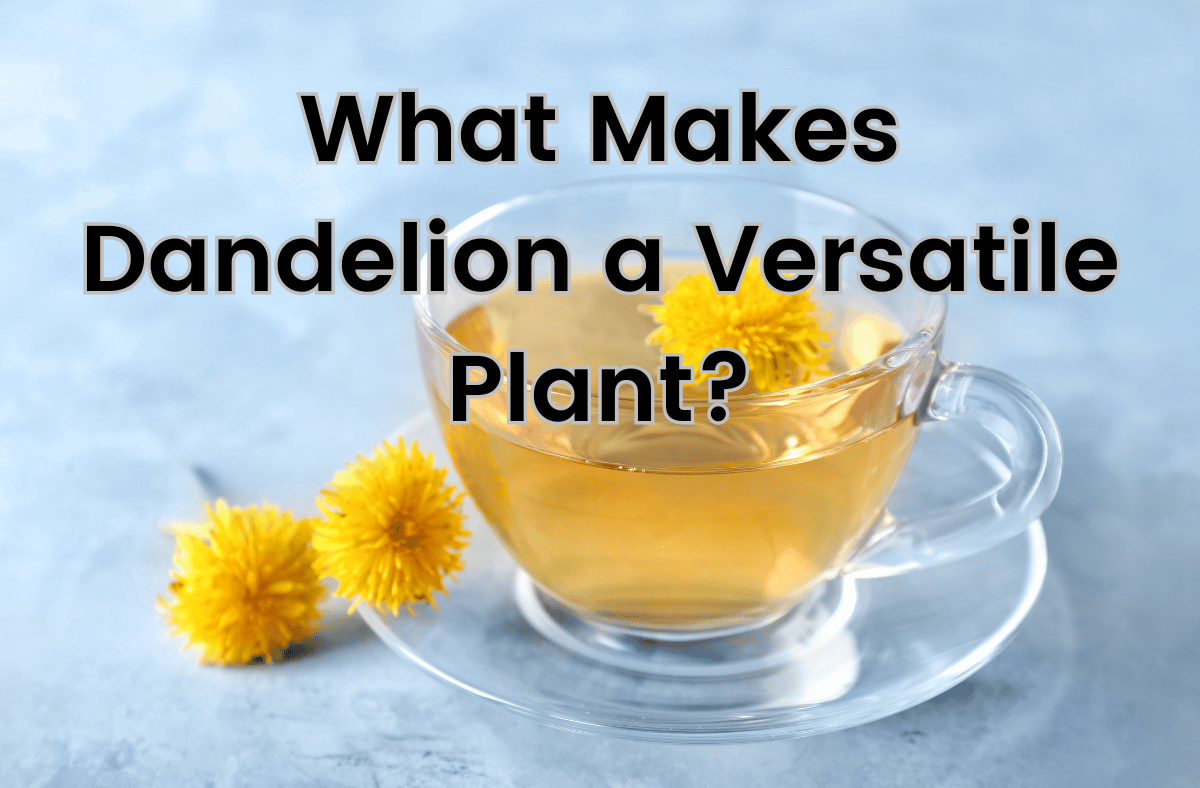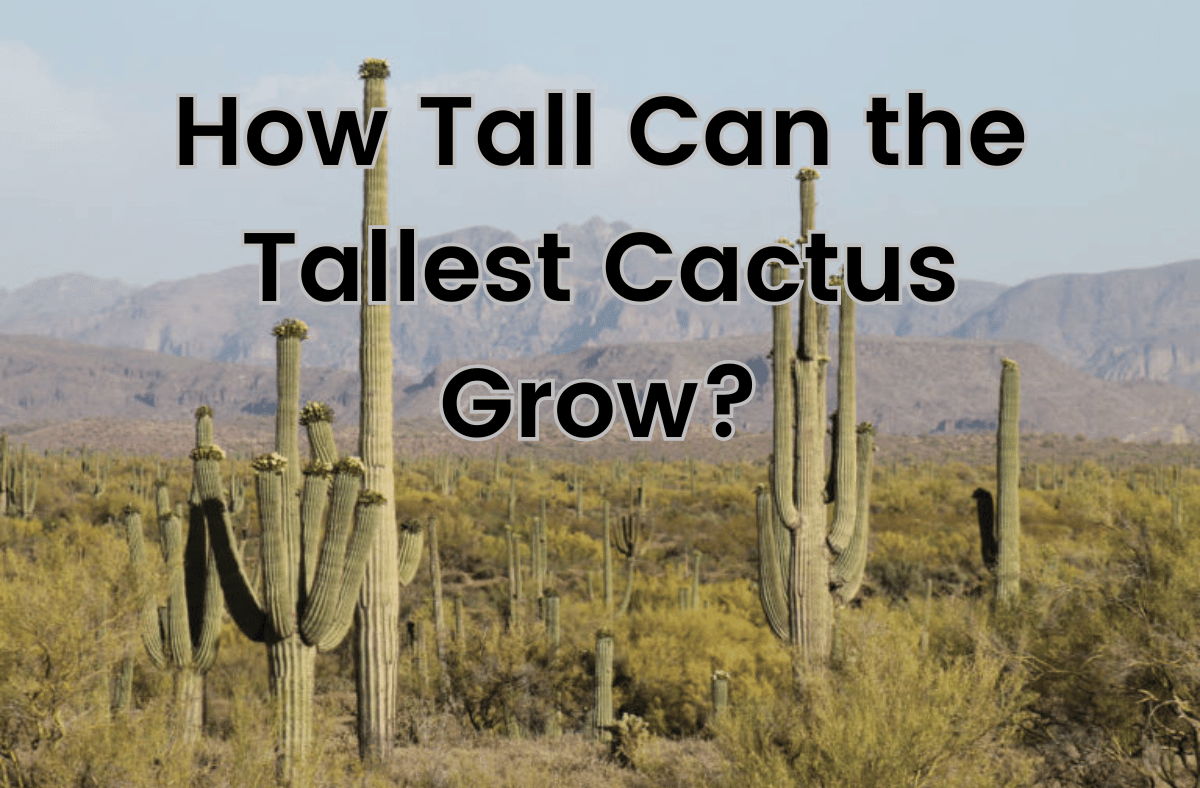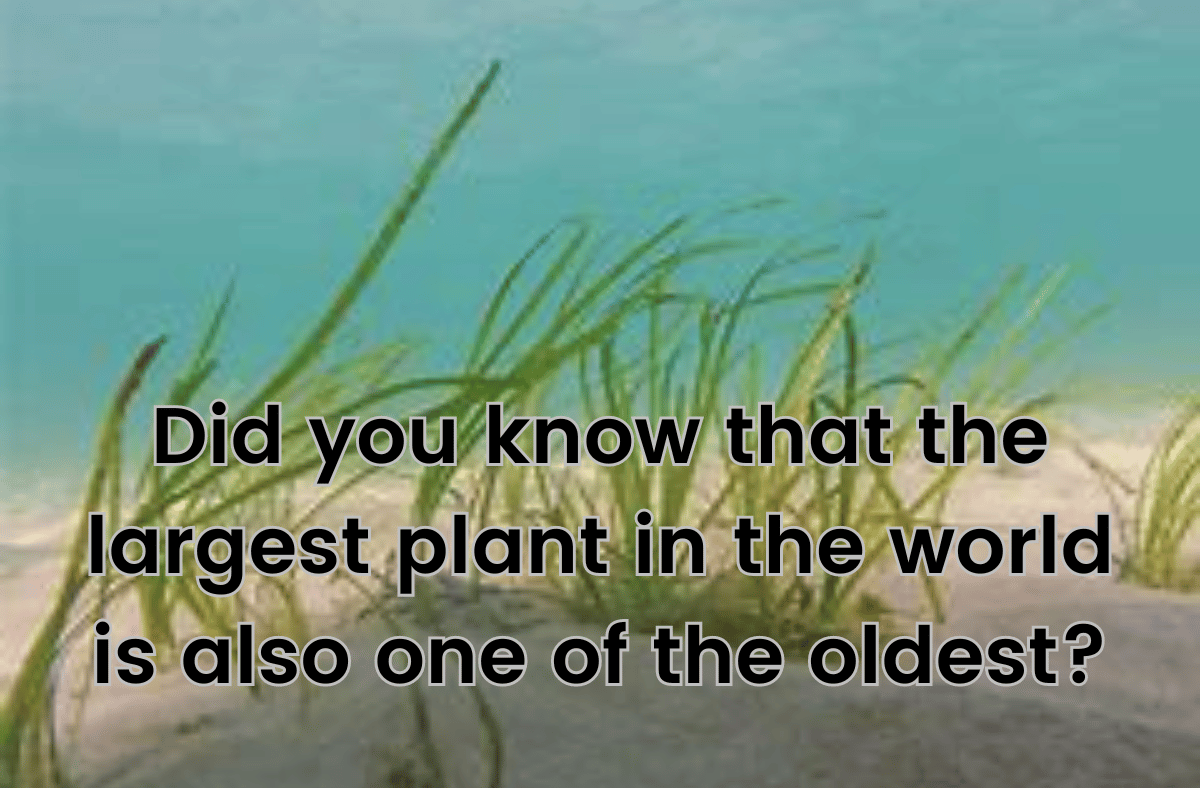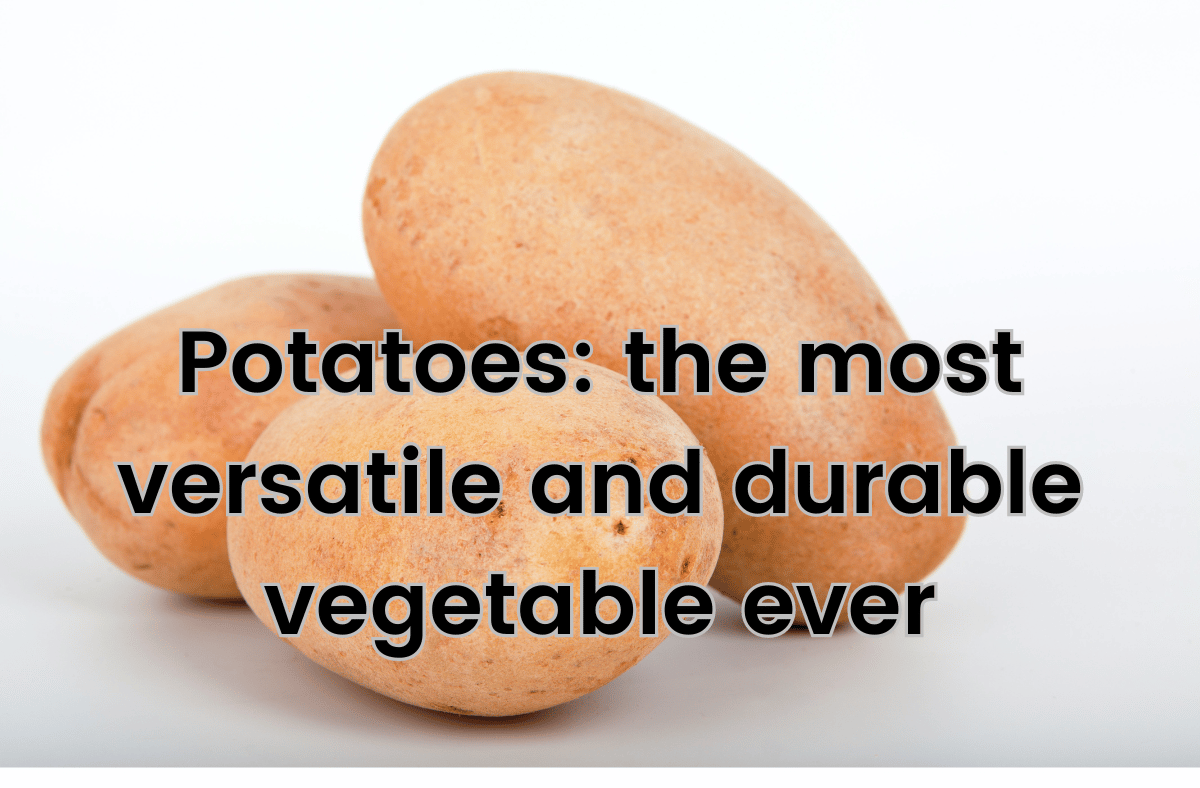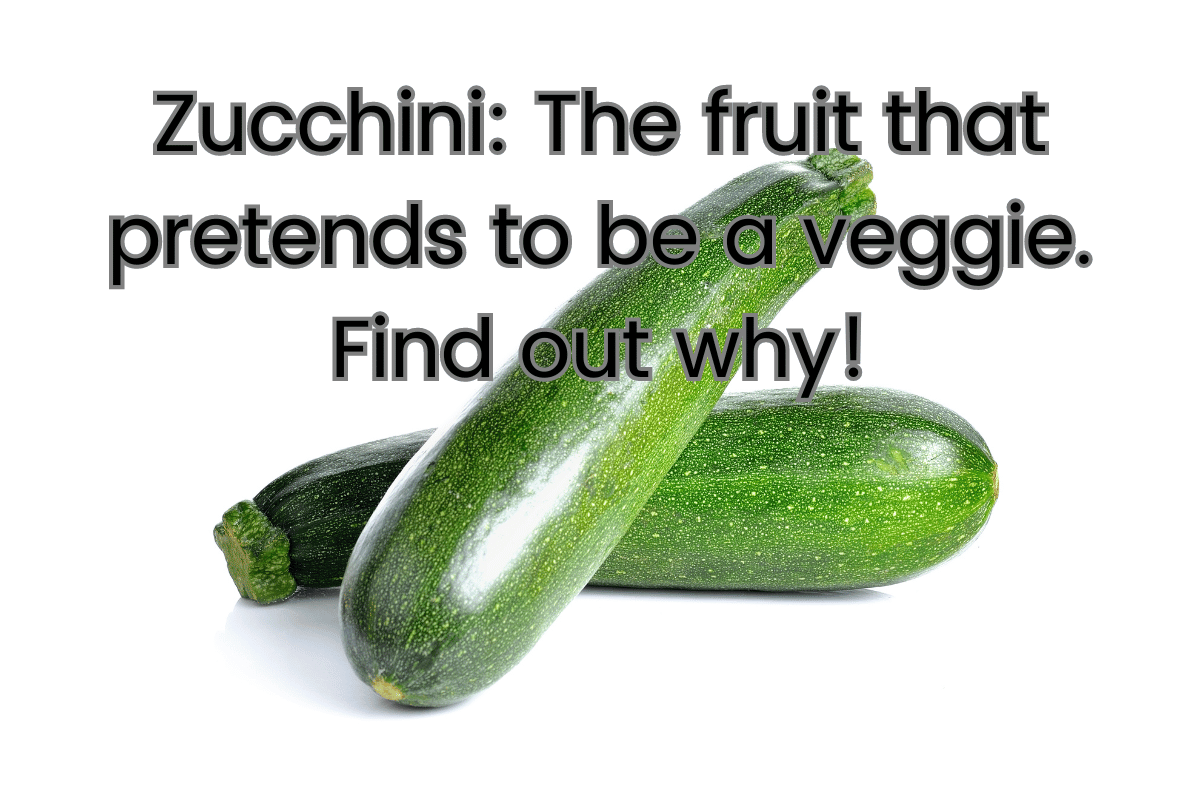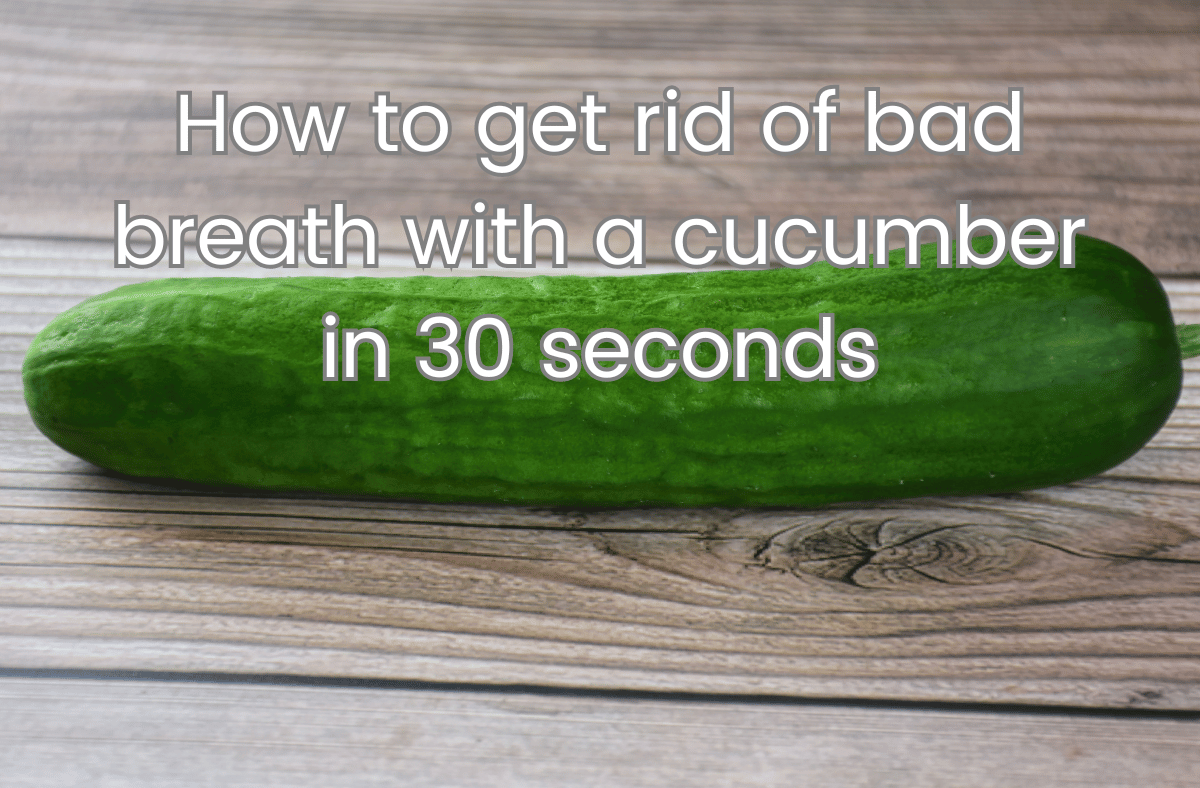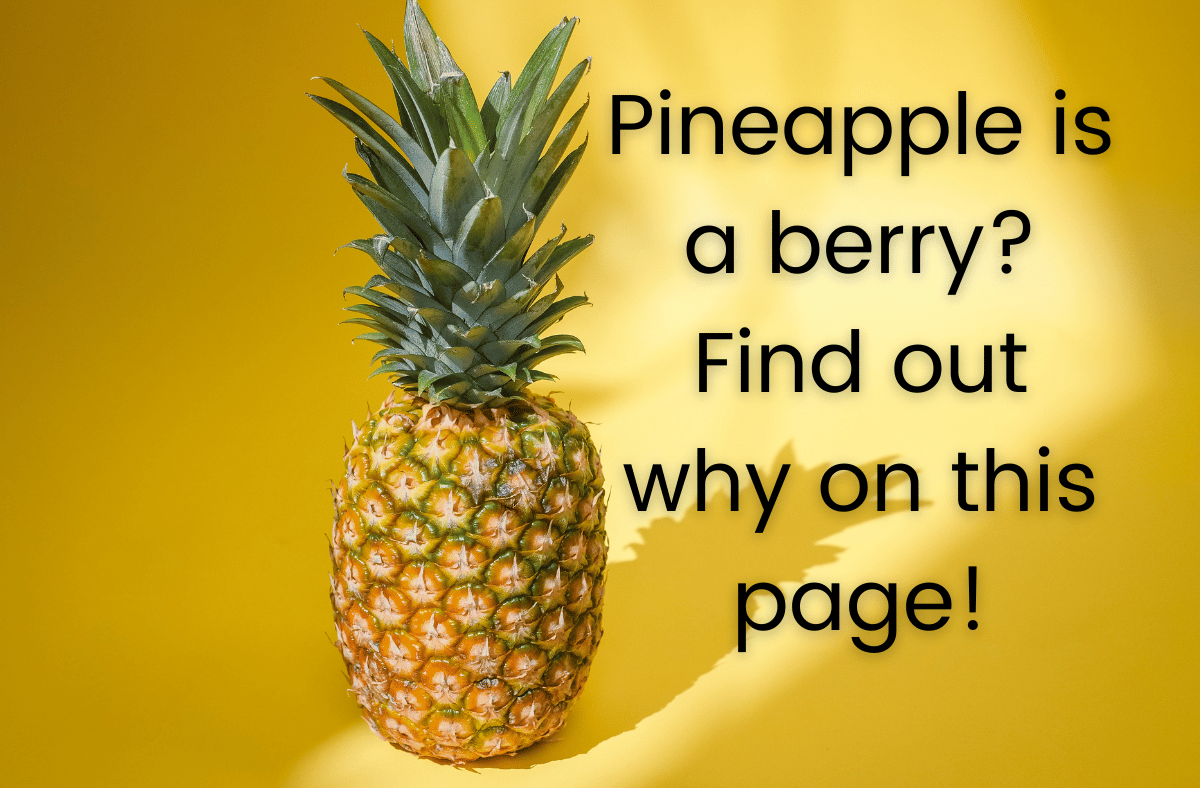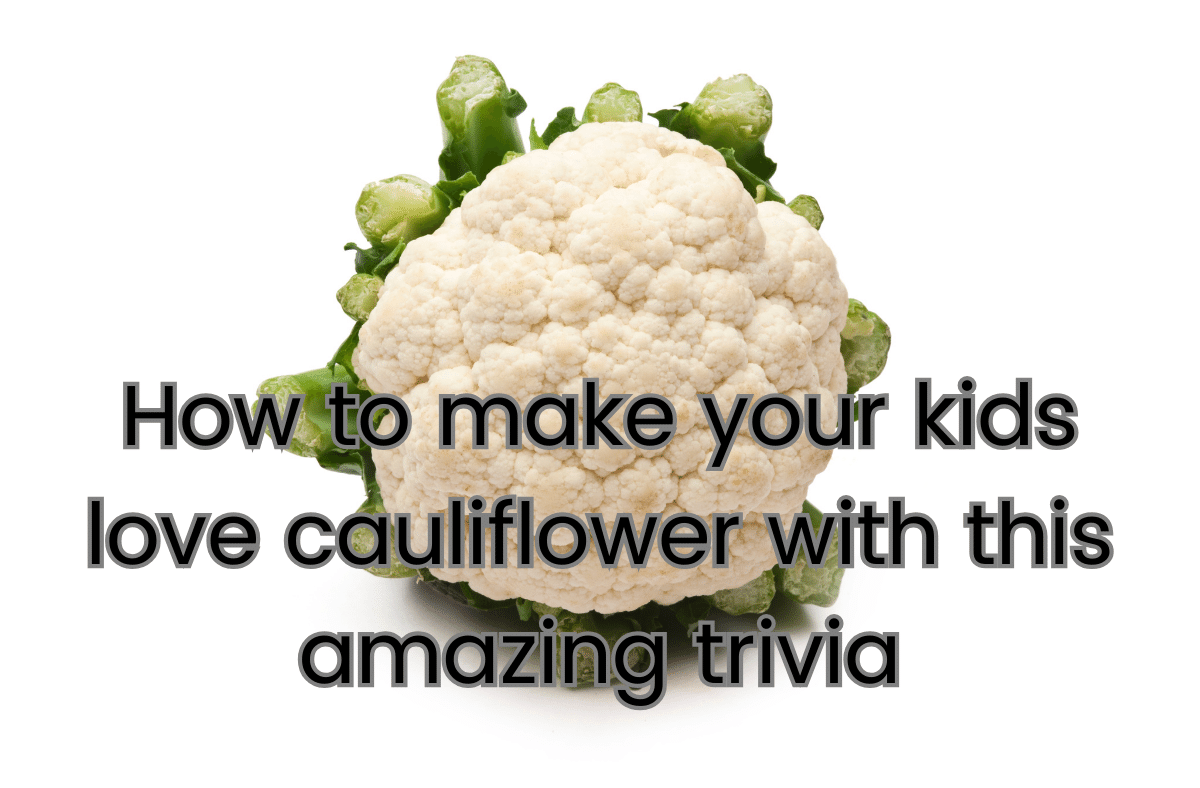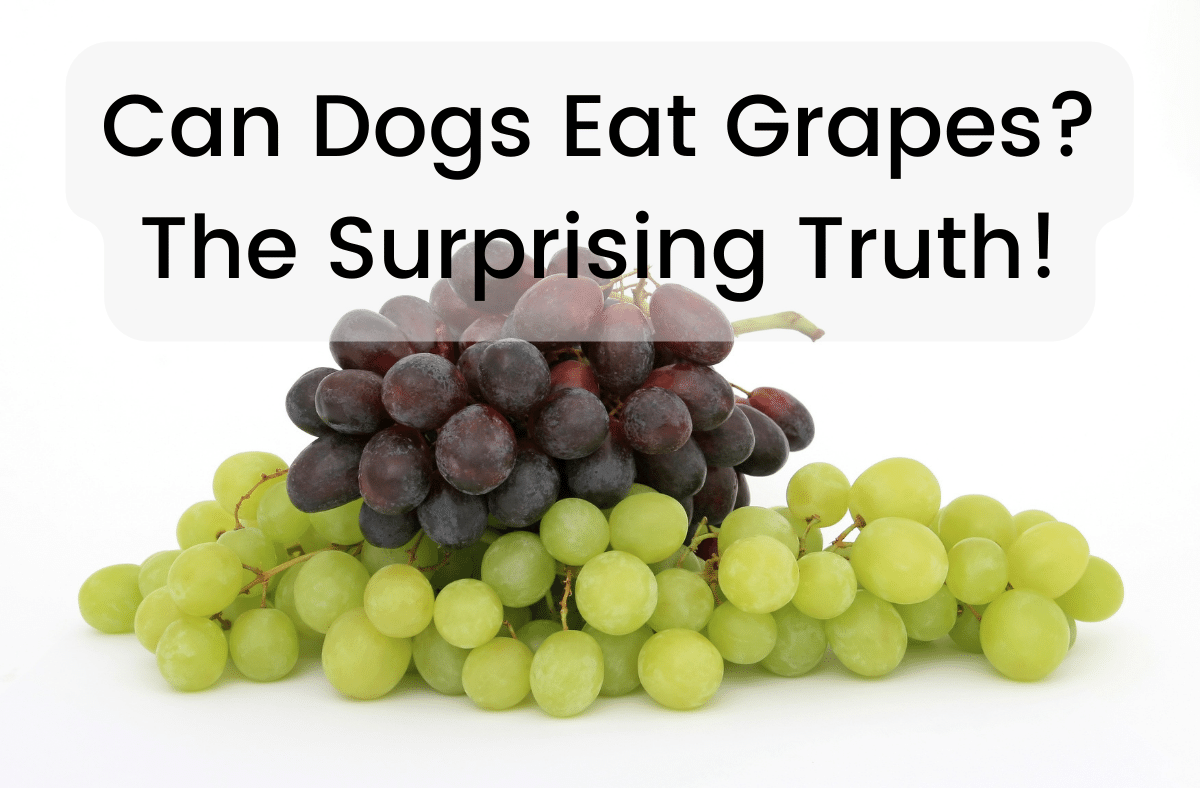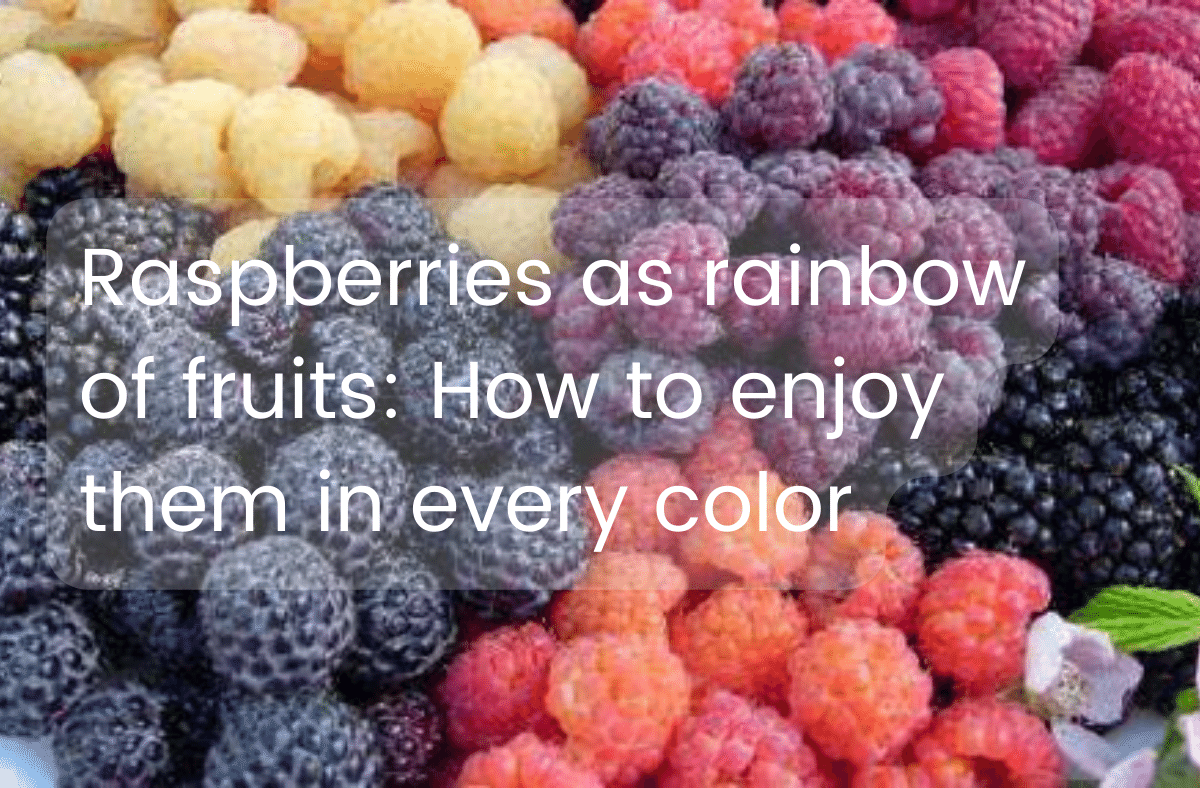For those in a hurry
- Wasabi is a spicy condiment made from the rhizome (stalk) of the wasabi plant, a member of the brassica family.
- It is native to Japan and grows best in humid, temperate climates with shady, moist, and well-drained soil.
- Wasabi is very difficult to grow and takes two years to mature. It is prone to diseases and pests when grown in large quantities.
- Most of the them sold in stores and restaurants is not real wasabi, but a mixture of horseradish, mustard, and food coloring.
- To enjoy real wasabi, you need to buy fresh or frozen rhizomes and grate them yourself. You can also use the stems and leaves of the plant in salads, soups, and stir-fries.
Wasabi’s Challenging Cultivation
Wasabi is notorious for its difficult cultivation process. It requires specific conditions to flourish. These conditions include cool temperatures, high humidity, and access to flowing water. Because of this, only a few regions in the world can naturally support its growth. This makes genuine wasabi not only rare but also relatively expensive.
Horseradish: The Common Impostor
Often, what we find in stores isn’t real wasabi. Instead, it’s horseradish dressed up with green food coloring. At first glance, they might seem identical because of their shared spiciness. However, a refined palate can discern that real wasabi has a more nuanced flavor, milder and more herbal compared to the sharper taste of horseradish.
Labels Tell the Wasabi Tale
When shopping, always inspect the product label. True wasabi will have “Wasabia japonica” as its primary ingredient. If you spot horseradish, mustard, and food colorings, you’re likely looking at an imitation. Being aware of this distinction is crucial for those wanting the authentic wasabi experience.
Why the Wasabi Deception Matters
You might wonder why the authenticity of wasabi is significant. Genuine wasabi has several health benefits due to its natural compounds. It’s known for its anti-inflammatory properties and even has potential anti-cancer benefits. While horseradish also boasts health perks, like being rich in antioxidants, it’s essential to differentiate the two, especially if one is after the specific benefits of real wasabi.
Spotting the Real Deal
In conclusion, the journey to enjoying real wasabi starts with understanding. Most of the wasabi served in restaurants or sold in stores is horseradish in disguise. As a consumer, arm yourself with knowledge. This way, you can either seek out genuine wasabi or at least recognize the difference between the two. Your palate and health might just thank you for it.

